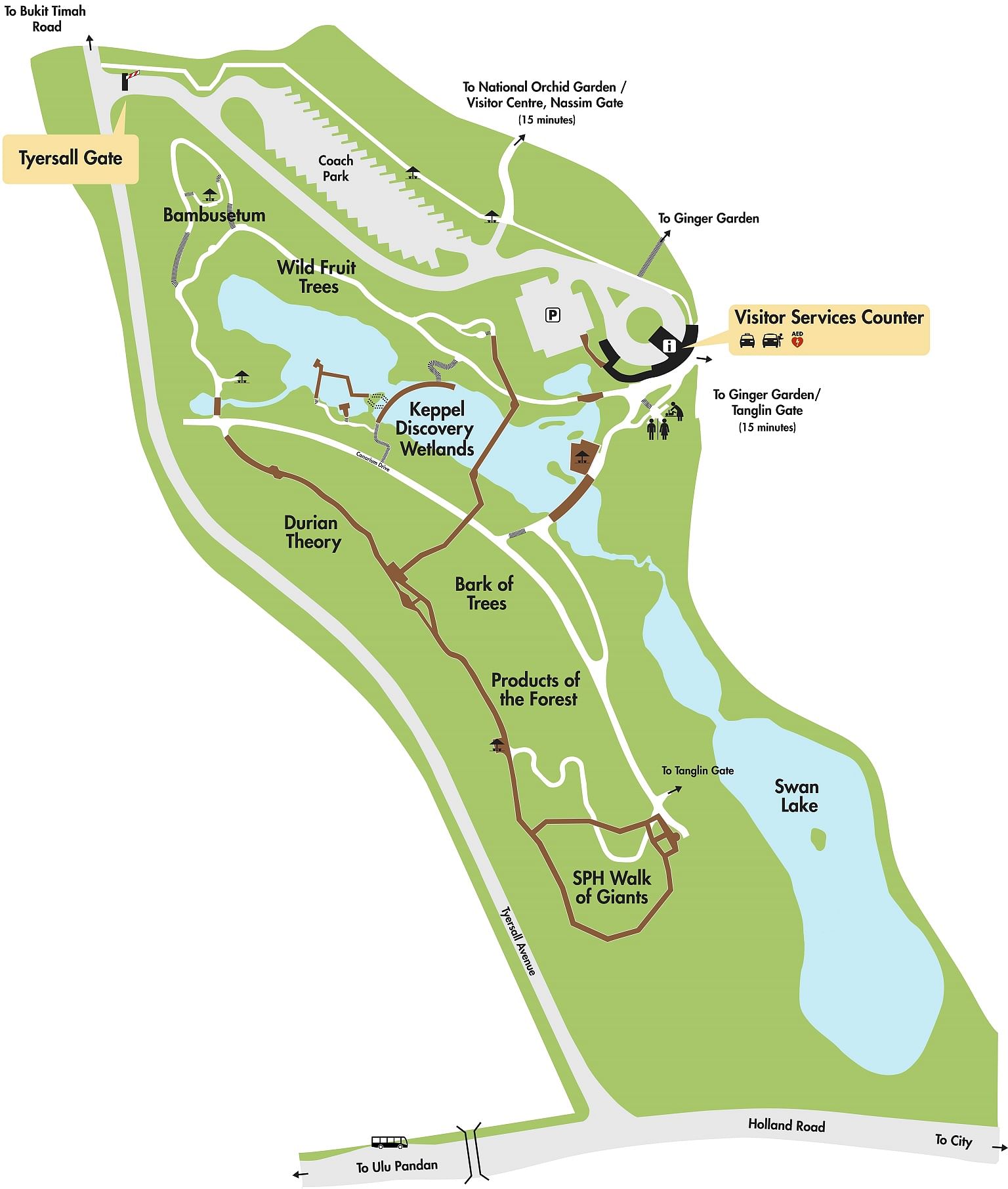Century-old forest at Botanic Gardens opens to the public following $30-million project
Sign up now: Get ST's newsletters delivered to your inbox
Melody Zaccheus
Follow topic:
SINGAPORE - A majestic 100-year-old Jurassic Park-like forest, complete with freshwater wetlands, was opened at the Botanic Gardens on Friday (March 31).
Called the Learning Forest, the $30 million project re-shaped a wild, dense and largely inaccessible century-old secondary forest into the first space in Singapore where the public can experience two habitats - wetland and lowland forests - in one venue.
Visitors will get to walk under the shadows of the forest's giant trees and lie across a rope bed to gaze up into a canopy of crowns.
The site, with its network of boardwalks and elevated walkways, was opened by Prime Minister Lee Hsien Loong.
PM Lee said the Learning Forest builds on the Gardens' legacy of conservation and improvement.
He noted that the area forms a new conservation core in the Gardens, adding that it is "an important reference for work on conservation and restoration ecology too".
"Many Singaporeans like myself have been looking forward to visiting this, and discovering about our rich natural heritage," he said.
The National Parks Board's (NParks) spent 2½ years on the effort, taking reference from maps dating back to the early 19th century to shape the space.
It conducted analyses of the soils, topography and hydrology of the site. Following surveys, the habitats there were restored to conserve a wider variety of native flora and fauna.
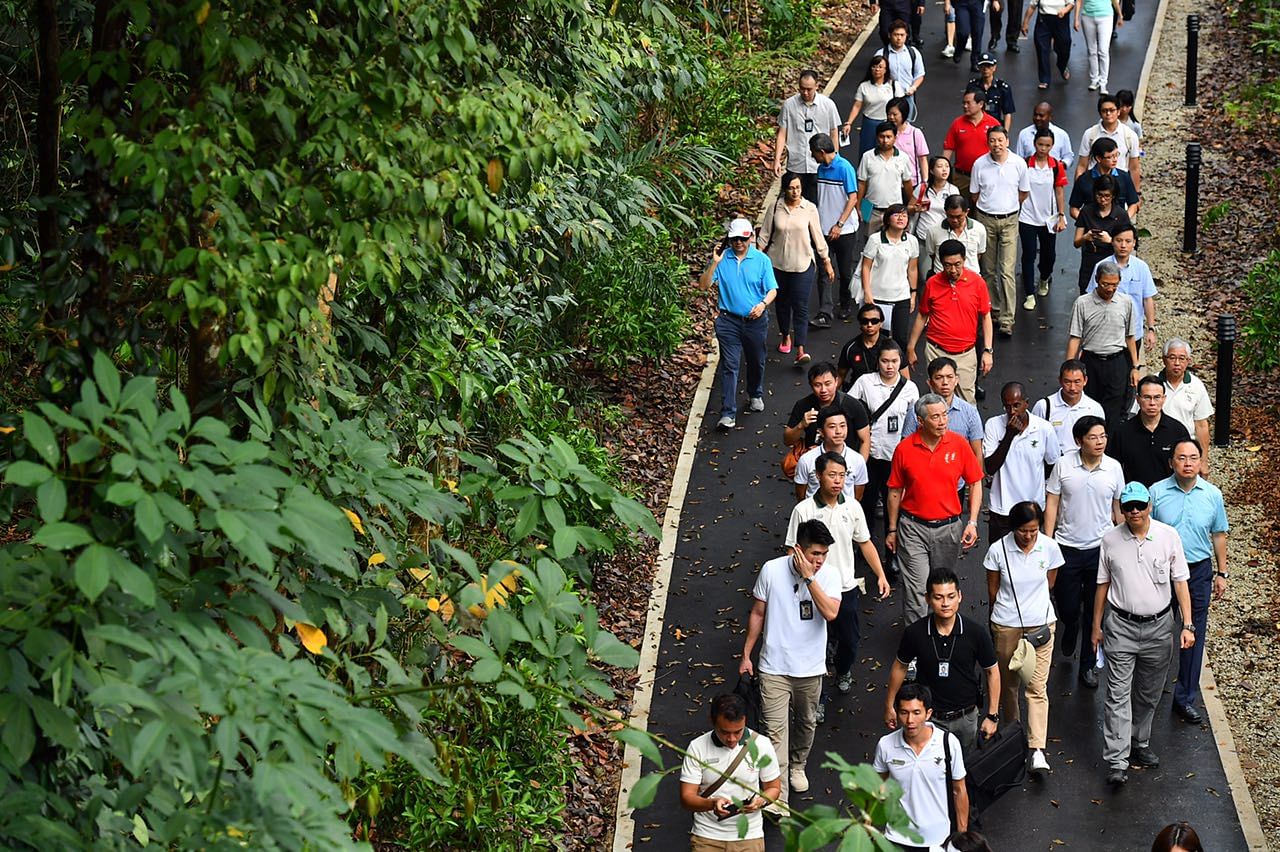
Most of the native and mature trees within the site were either retained or transplanted near to their original spots.
To restore the site's existing wetlands, NParks planted three different vegetation belts of plants, mimicking the naturally occurring segments found in freshwater wetlands and lowland forests from Singapore to south Johor.
This was reproduced from former Botanic Gardens' director EJH Corner's findings following his expedition to Mandai's wetland and Johor's Sedili Rivers back in the 1930s.
The size of 15 football fields or 10ha, the Learning Forest is now home to over 700 species of plants - up from 100 originally.
About 100 species of birds and 20 species of amphibians and reptiles can also be found in the forest today.
The entire Learning Forest has been divided into five sections: The SPH Walk of Giants; the Lowland Rainforest; Keppel Discovery Wetlands; Bambusetum; and Wild Fruit Tree Arboretum.
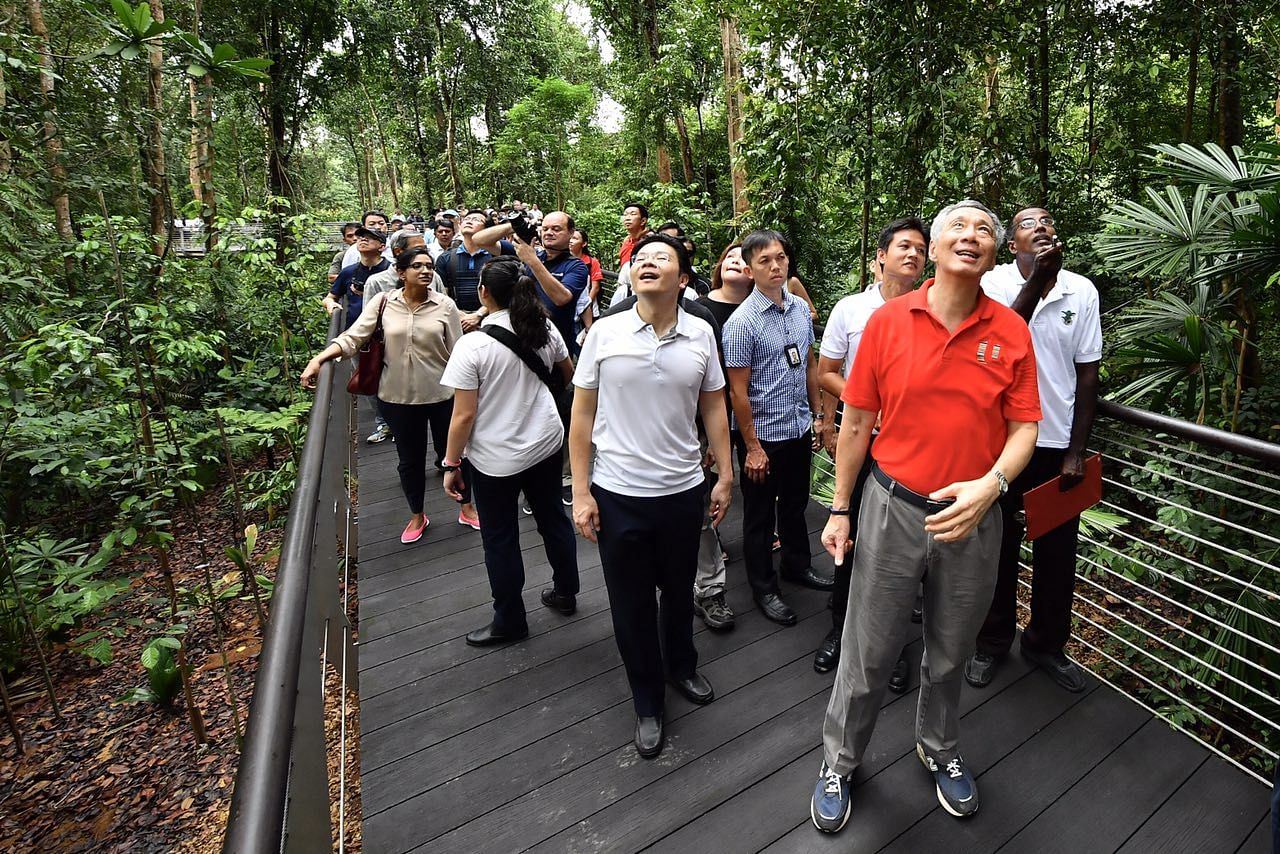
The first is an elevated, 8m-high boardwalk where visitors can experience what it is like being up in a tree. It showcases a collection of gigantic trees - most of which can grow to at least 60m or about 20 storeys high.
Singapore Press Holdings partnered the Gardens by pledging $1.2 million towards the development of outreach programmes for the walk.
The Keppel Discovery Wetlands revolves around the restoration of the area's existing water sources by creating a linked series of five waterbodies that connect to Swan Lake. It comprises orchid islands, a boardwalk featuring plants discovered by botanists and the Gardens' directors, as well as marsh plants.
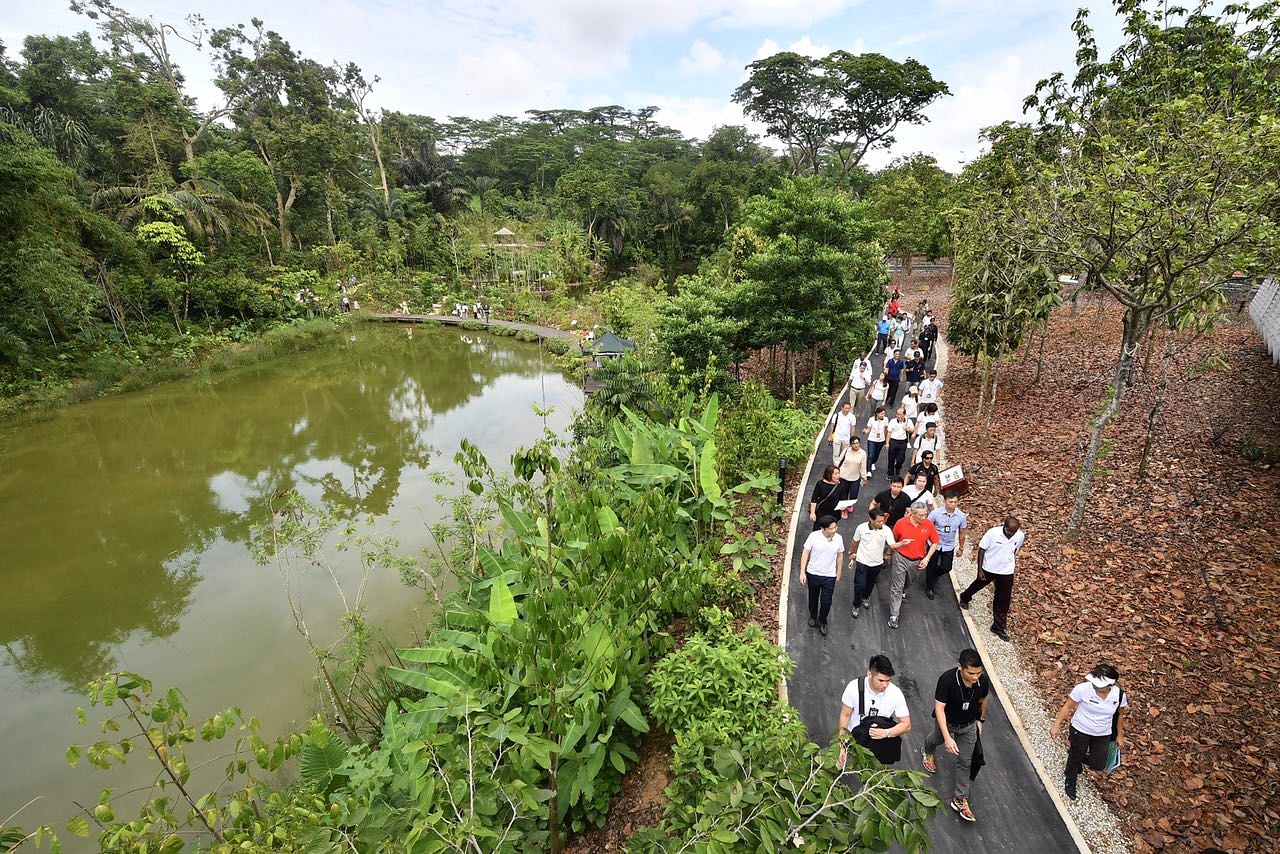
Keppel Corporation gave a donation of $2.08 million towards the establishment of this section.
Said PM Lee on Friday: "I would like to thank everyone who have worked so hard to create this Learning Forest. Corporate partners such as Keppel and SPH. The many volunteers who spend time planting trees or leading guided walks."
It is the first project in South-east Asia to recreate a freshwater swamp forest.
NParks said the Learning Forest strengthens the conservation of plants native to the region and will create additional habitats and serve as a refuge for native wildlife.
It will also help the rainforest regenerate.
The new nature area will also take some pressure off the Unesco heritage segment of the Gardens, by spreading visitors more evenly across the larger space. It will also form a buffer against the urban development surrounding the Unesco World Heritage Site.
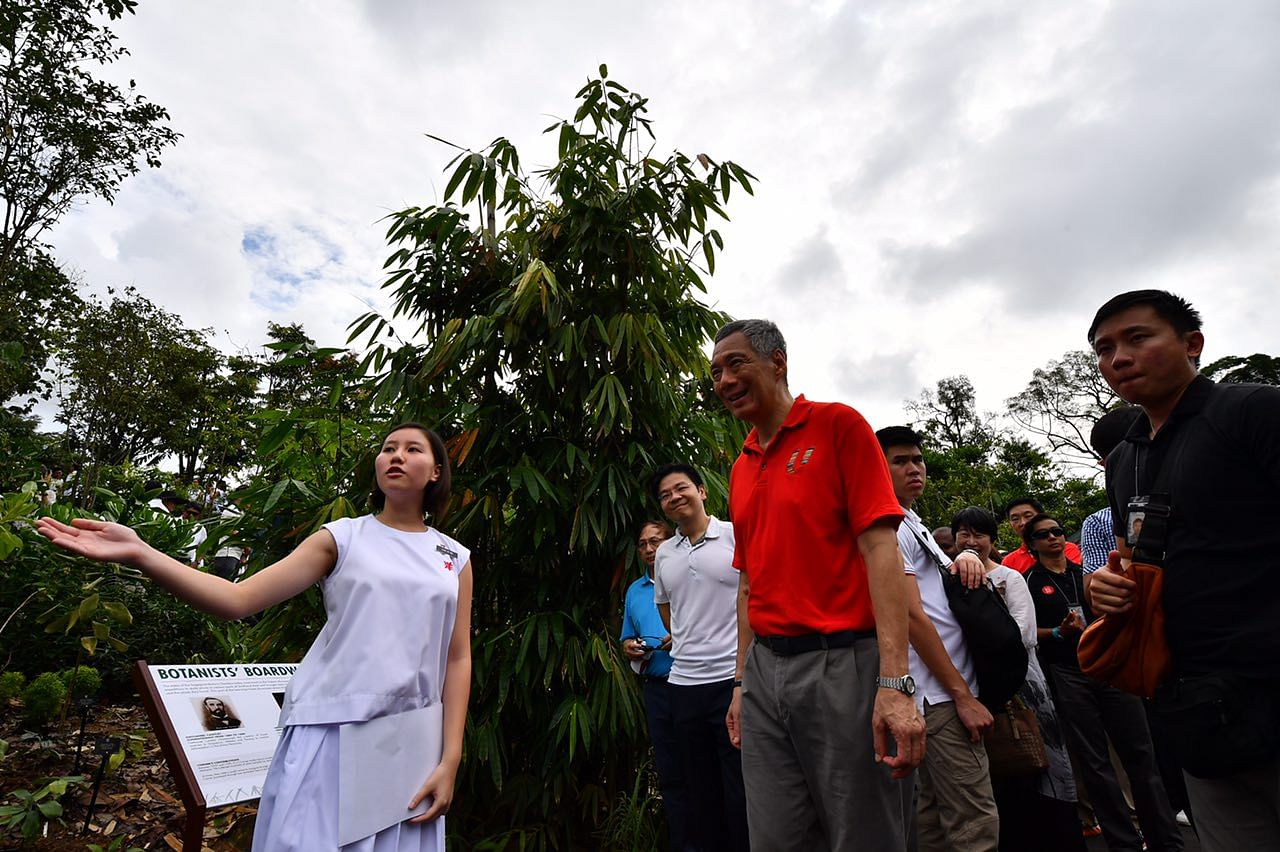
The Learning Forest brings the total rainforest area in the Botanic Gardens to 16ha.
NParks will be launching a new Citizen Science Programme where volunteers can help monitor the long-term ecological health of the Learning Forest and Gardens by using the SGBioAtlas mobile app to submit sightings of animals spotted in the Gardens.
This was described by the PM as NParks' version of Pokemon Go with a purpose as the data collected will help NParks monitor animal populations, and improve conservation and biodiversity.
He said: "Planting a garden or forest is the work of decades. Today, many of the trees in the Learning Forest are still young. But gradually, year by year, they will grow and mature. In the fullness of time, they will enrich our natural heritage.
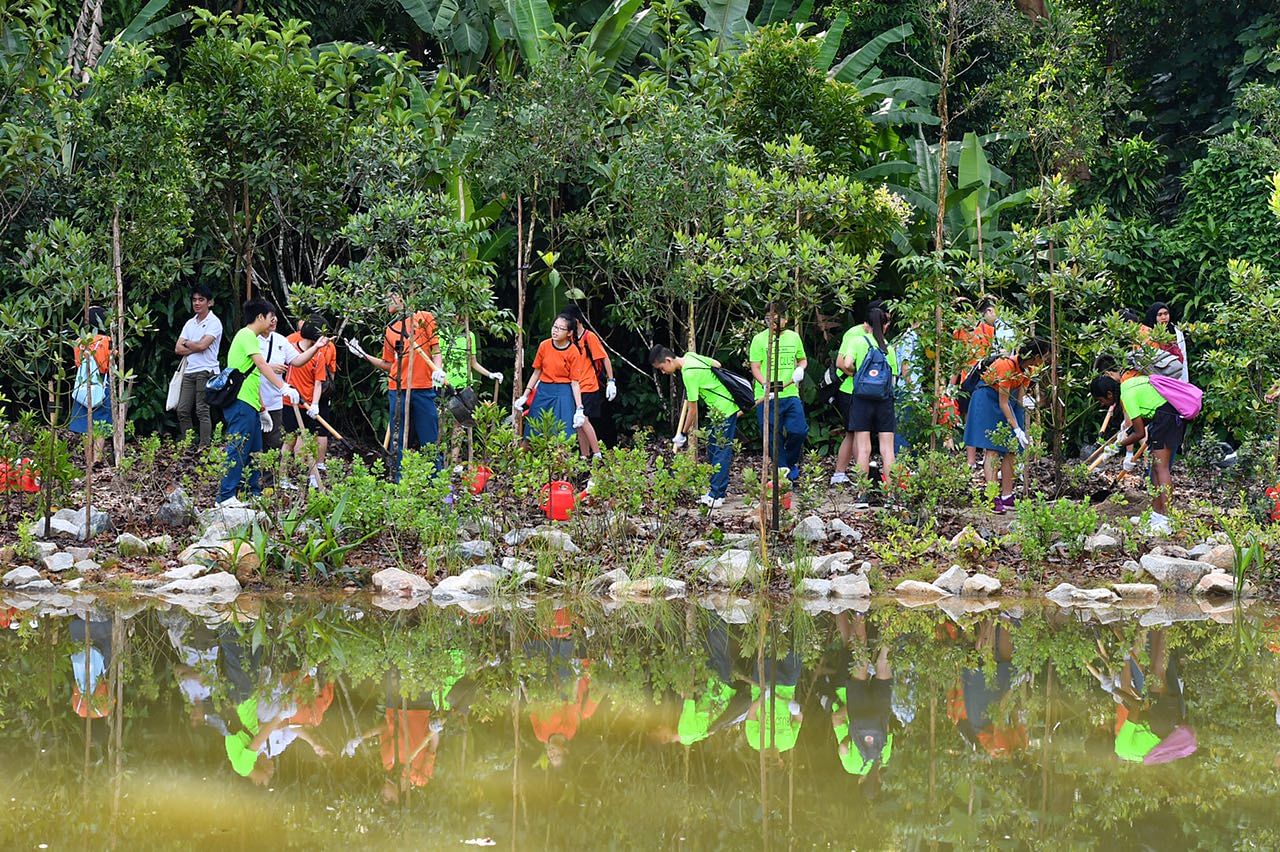
"More Singaporeans will grow to love it, and I hope care for and nurture it so that future generations will also have the opportunity to enjoy this green gem and form lasting memories of their own."
Access to the Learning Forest is free. It opens from 5am to midnight daily, although certain areas will be closed from 7pm to 7am to maintain a conducive habitat for wildlife.
